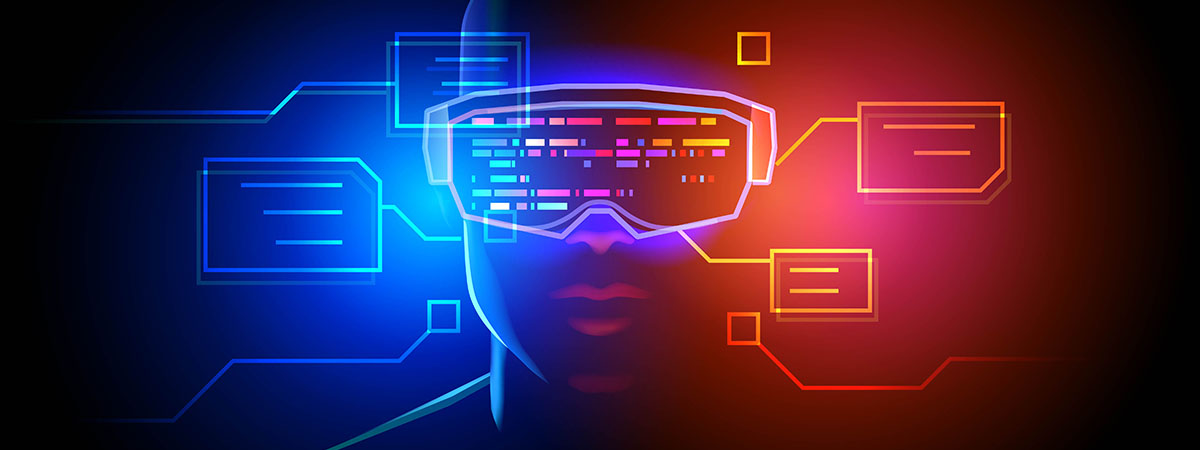
The wave of change triggered by disruptive innovations

The progress in technology is continuously creating big waves of change that ten years ago many people couldn’t even imagine. Today we are witnesses of many innovations that transformed the way consumers, industries, or businesses operate. Have you heard about the term “disruptive technology”?
Disruptive technologies are the innovations that changed the complete way of how we worked, how we learned, how we entertained ourselves or communicated. The world we are currently living in does not resemble any of the moments we have experienced so far. It is a brand-new system of the unknown, a puzzle of possibilities waiting to be solved. Whether we hear about the buzz words like artificial intelligence (AI), 3D printing, robotics, internet of things (IoT), digital twinning, we wonder; what is this new technology about?; what advantages it offers?; how can it we implement it? To be able to answer these questions we need to be open to learn more about the new emerging technologies and accept the change that comes with disruptive innovations.
Let’s zoom in on artificial intelligence also known as AI. In one of the articles in Investopedia, Jake Frenkenfield says; “Artificial intelligence (AI) refers to the simulation of human intelligence in machines that are programmed to think like humans and mimic their actions. The term may also be applied to any machine that exhibits traits associated with a human mind such as learning and problem-solving.”
Can we just imagine the use of Artificial intelligence (AI) technology? Many people may imagine human-like robots that perform tasks that are affectionate for people. This is not even close to the truth. AI refers to so much more, for example in the health care industry, AI is used for tracing and analyzing patients results, suggestions of treatments and it is also included in performing surgeries. In the entertainment industry, AI is used to help production houses on decision making about marketing and advertising by analyzing critical data. The banking industry benefits from it when it is used to detect card transactions that are not normal or usual, deposits that seem to be unknown or fake and estimate supply, demand, and pricing more easily. AI is present in our home since 2011. Did you ever use or you are currently using Apple’s Siri, Microsoft’s Cortana, Amazon Alexa or Google Assistant? These are so-called “intelligent assistants”, they communicate with the user and the user gives them voice commands which are translated using Natural Language Processing in operating instructions that control the mobile device, apps etc. AI may be used in any industry to support human workers. By using NLP (Natural Language Processing), Knowledge Engineering (KE), Robotic Process Automation (RPA), AI is reshaping our lives.
We all need to cope with this brand-new world of technology if we want to cope with the challenges of the new reality. Keep in touch, grow with the changes and learn everything we need to learn to adapt to the new coming waves. That’s the only way we may keep control. However, it is positive that most of the new technologies and appliances are user friendly and have an intuitive user interface. The process of getting a basic overview of the specific technology and understand its benefits is not long but it takes commitment, time and practice to learn how to apply the technology for more complex problems. But today’s pool of information is so large that many times we are not sure if we are reading, watching, hearing information about the problem we need to solve at the moment. That is why the need for a more customized learning program that is tailored to the specific needs of the customer is something that is missing. If we acknowledge that the so-called disruptive innovations are changing the way we live, then we need to find a way how to develop new applied knowledge and competences in a fast and effective way.
M. Christensen. C, E. Raynor, M. and McDonald, R. (2015), What is disruptive innovation?, A version of this article appeared in the December 2015 issue (pp.44–53) of Harvard Business Review. https://hbr.org/2015/12/what-is-disruptive-innovation
Frankenfield, J. (2020), Artificial Intelligence (AI), posted by Investopedia, https://www.investopedia.com/terms/a /artificial-intelligence-ai.asp
